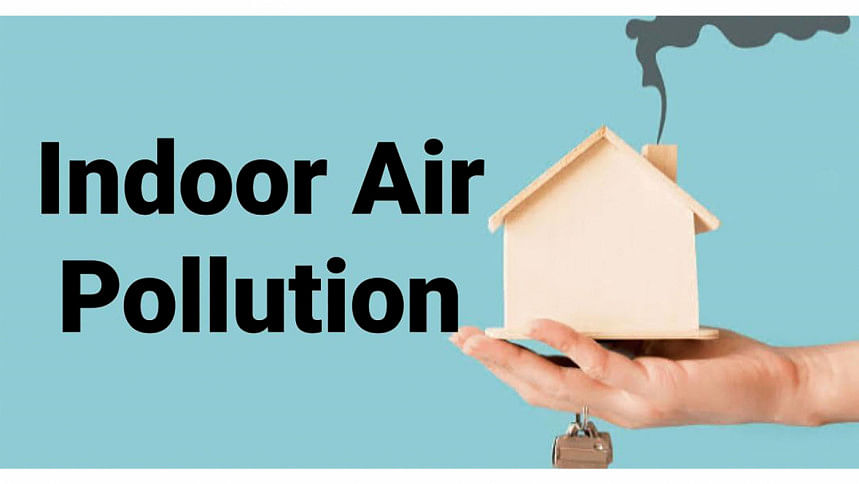Consider your child’s exposure to indoor air pollution

Indoor air pollution is a serious problem in developing nations because of stoves, secondhand smoke, dust mites, mold, bacteria, cleaning products, and more. These sources release volatile compounds. The most studied indoor air pollutant is nitrogen dioxide (NO2). These pollutants can harm women and small children who spend most of their time at home.
Exposure to these components can cause
• According to nationwide population-based research in Bangladesh, NO2 decreases oxygen to the growing foetus, causing respiratory issues. It also causes low birth weight.
• NO2 raises harmful compounds in the blood and affects the immune system, weakening the placenta and causing premature delivery.
• Prenatal NO2 exposure may impede cognitive development and memory in children. High NO2 levels may disrupt the blood-brain barrier, allowing hazardous chemicals to enter the brain.
• NO2 weakens the immune system, making children more prone to infections and diseases.
Measures to be taken
• Make your house smoke-free. Ventilation is the simplest approach to reducing indoor pollution.
• Use High Efficiency Particle Arresting (HEPA) filters, which remove extremely small airborne pollutants. Use active units too. Air filters use filter media to purify air. Scrubbers use liquids or chemicals to remove pollutants from the air.
• It is also recommended to use an electric stove instead of a gas stove for cooking.
• Dusting, vacuuming and using a moist cloth or mop frequently can remove dust and other debris.
• To prevent mold, fix leaks and water damage immediately.
• Open windows and doors for airflow.
• Indoor plants remove pollutants and release oxygen. Plant leaves and roots absorb atmospheric pollutants and transform them into nourishment. They release oxygen, which improves room air.
It is important to note that the effectiveness of these methods will also depend on the pollution sources and surroundings.
The writer is a public health specialist.
E-mail: [email protected]

 For all latest news, follow The Daily Star's Google News channel.
For all latest news, follow The Daily Star's Google News channel. 








Comments